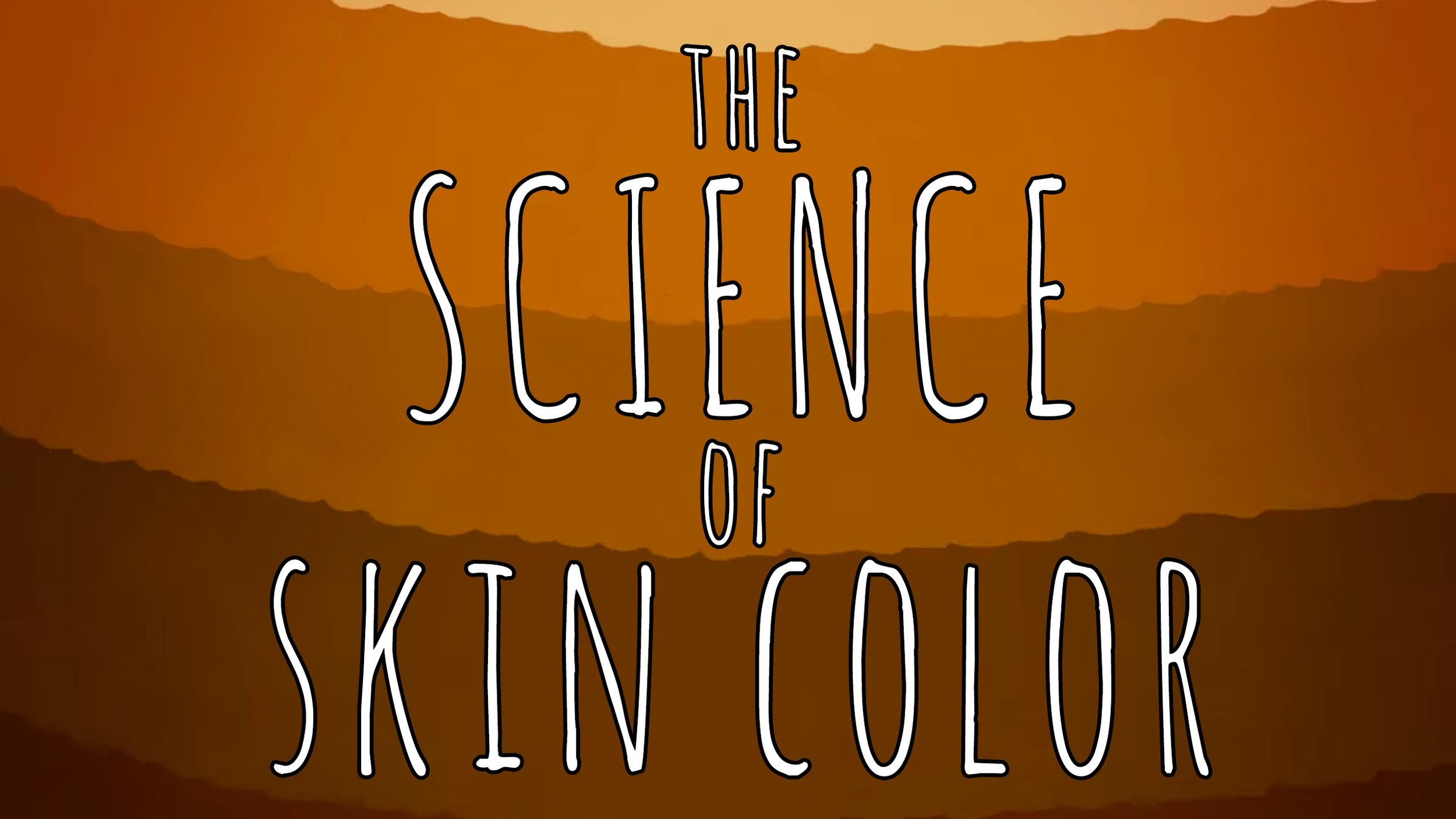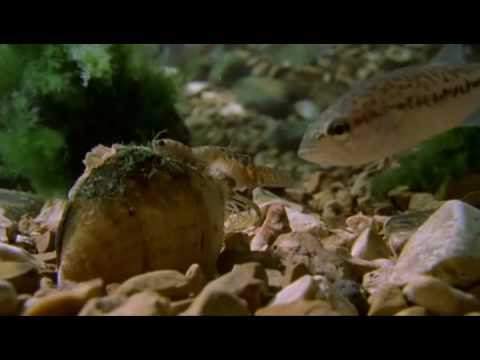Inflation of Moth Coremata
Description: This viral video (with added sound effect) shows an entomologist inflating the coremata in a recently deceased male moth. This pheromone-producing organ will normally sit inside the moth but will be used during courtship to attract potential mates. It is inflated with blood or air. This phenomenon could be used as an example of how organisms increase their change of reproduction through internal and external structures.
Web Resources: Inflatable Moth Butt Featherdusters - Wired, Hair-pencil and coremata - Wikipedia
Malaria and Sickle Cell Anemia
Description: Sickle-cell anemia is caused by a single nucleotide mutation in the β-globin gene of red blood cells. This creates incorrectly structured proteins and red blood cells with a characteristic "sickle" shape. This harmful mutation does not affect carriers of the disease. However this mutation can be beneficial in certain areas because it offers protection from malarial infections. This phenomenon can be used in a unit on genetics or evolution.
Web Resources: The Making of the Fittest: Natural Selection in Humans - HHMI, Sickle-cell Disease - Wikipedia
Why Do Humans Have Different Colored Skin?
Description: Human skin color can change in response to environmental changes (i.e. getting a sunburn or a suntan). However the root cause of our skin color is genetic and comes from our ancestors. UV radiation causes damage to the DNA in our cells and can lead to various forms of cancer. If your ancestors lived in an area that received large amounts of UV radiation (i.e. closer to the equator) humans evolved darker skin for protection through the process of natural selection. However light is also important since it allows humans to synthesize vitamin D. Therefore if your ancestors lived in an area that receives little light (i.e. near the poles) they evolved lighter skin.
Web Resources: Human Skin Color - Wikipedia, The Biology of Skin Color - HHMI
Galapagos Finch Evolution
Description: When Darwin visited the Galapagos Island he collected a number of bird species that he brought back to England. He presented them to ornithologist John Gould thinking they were a variety of birds and he was told that they were all different varieties of finches. This led Darwin to speculate that a population of finches had arrived on the islands and had adapted to different climates through natural selection. However Darwin was never able to observe evolution taking place. Researchers Peter and Rosemary Grant have been observing evolution of Galapagos finches for the last 40 years. One of the most famous studies involved the change in beak depth of medium ground finches during times of drought. Birds that had small beaks were unable to open the dry seeds causing microevolution in the surviving birds.
Web Resources: Peter and Rosemary Grant Research - Wikipedia, The Beak of the Finch - HHMI
A Peacock's Tail
Description: The tail of the male peacock is a great example of sexual selection. Female peafowl are attracted to male peacocks with the largest and most ornate train. The ability of male peacocks to create a large train is related to their overall fitness. Therefore females are more likely to have healthy chicks if they mate with a male with the largest train. Scientists were able to measure female choice by trimming the trains of normally healthy male peacocks which led to them not being selected as potential mates.
Web Resources: A Peacock’s Tail - The Guardian, Evolution and Sexual Selection in Peafowl - Wikipedia
Cute Baby Animals
Description: Why are baby animals (e.g. kittens and puppies) so cute? This phenomenon can be used in Grade One to show that baby animals look like, but not exactly like their parents and how their appearance leads to parental care that allows them to survive. The reason that we as humans find most baby animals cute has its roots in evolutionary biology. Humans babies are helpless when they are born and require parental care for years. We find baby animals cute because they resemble cute baby humans.
Web Resources: BBC - Why are baby animals so cute?
Natural Fish Lure | Lampsilis Mussel and Bass
Description: The Lapsillis mussel must spend part of its life cycle within the smallmouth bass. It has evolved a lure that resembles a small fish so that it can squirt its young into the mouth of the bass. The mussel is even able to twitch the lure as the bass approaches.
Web Resources: Natural Fish Lure, Absurd Creature of the Week - Wired







